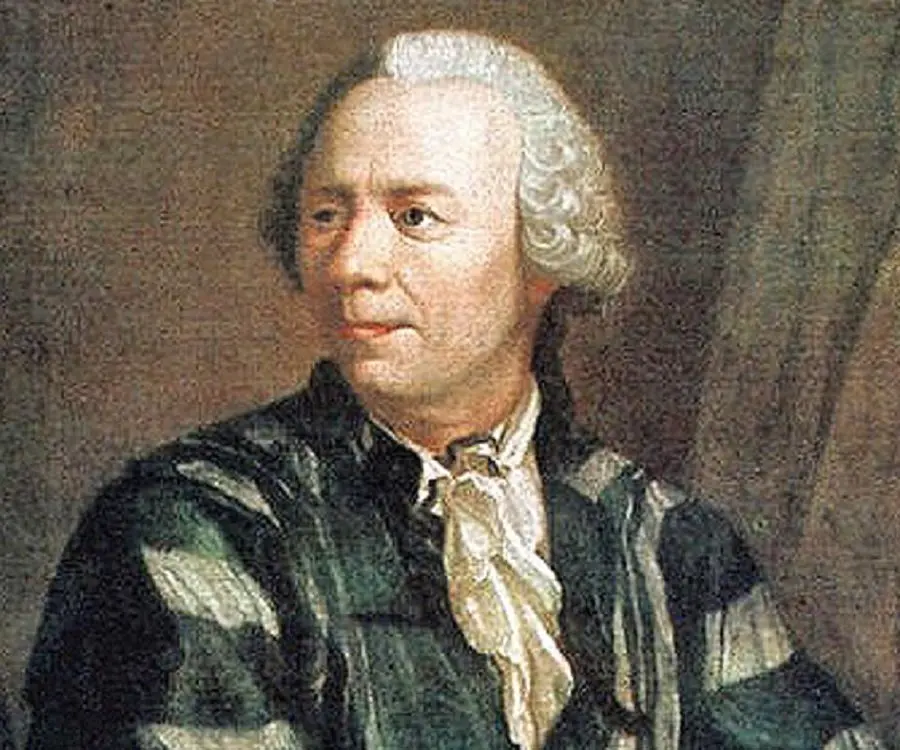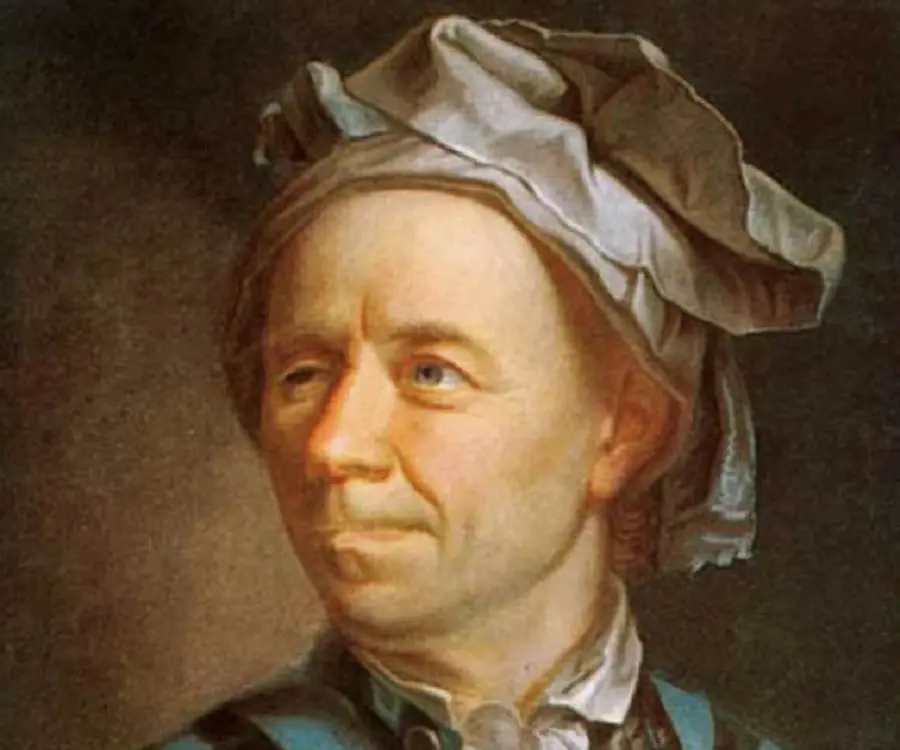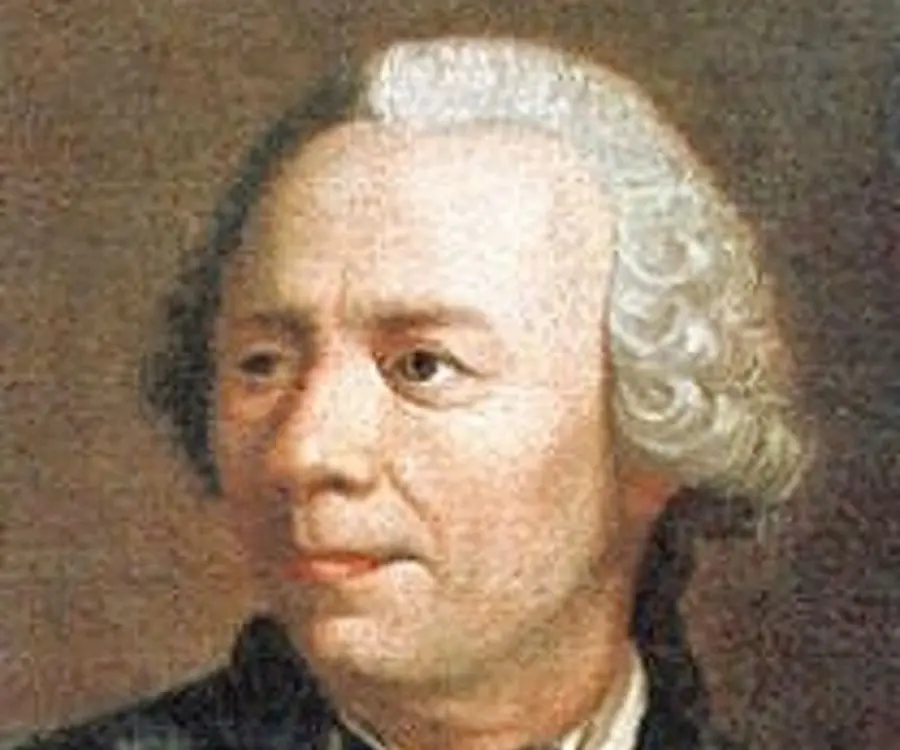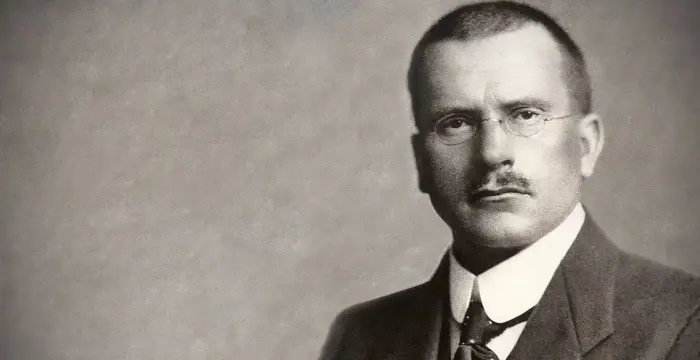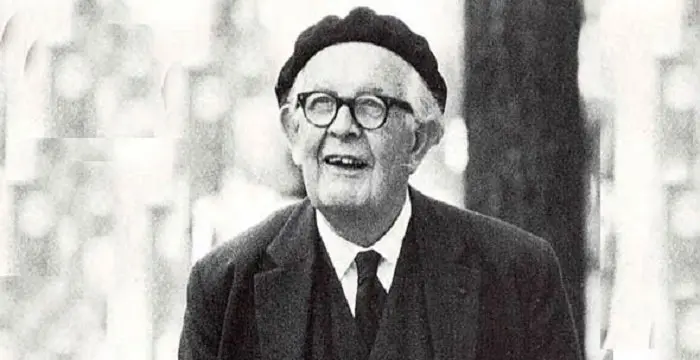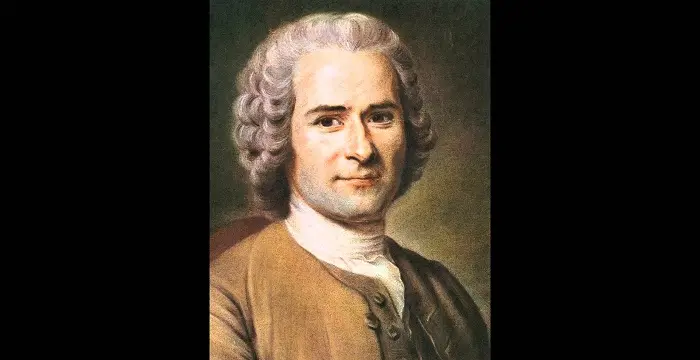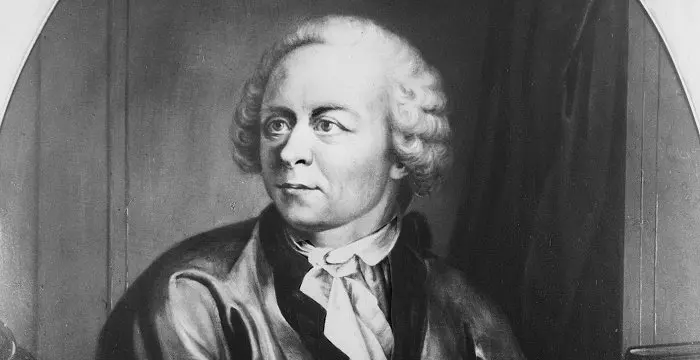
Leonhard Euler - Physicists, Birthday and Family
Leonhard Euler's Personal Details
Leonhard Euler was a Swiss mathematician counted among the greatest mathematicians of all times
| Information | Detail |
|---|---|
| Birthday | April 15, 1707 |
| Died on | September 18, 1783 |
| Nationality | Russian, Swiss |
| Famous | Scientists, Mathematicians, Physicists |
| Spouses | Katharina Gsell (m. 1734–1773), Salome Abigail Gsell (m. 1776–1783) |
| Childrens | Christof Euler, Johann Euler |
| Universities |
|
| Birth Place | Basel |
| Born Country | Switzerland |
| Gender | Male |
| Father | Paul Euler |
| Mother | Marguerite Brucker |
| Sun Sign | Aries |
| Born in | Basel |
| Famous as | Mathematician, Physicist |
| Died at Age | 76 |
// Famous Physicists
Henry Cavendish
Henry Cavendish was a theoretical chemist and physicist, renowned for discovery of hydrogen and calculation of the mass of earth. To know more about his childhood, profile, timeline and career read on
Walter Kohn
Nobel Laureate Walter Kohn was an Austrian-born American theoretical chemist and physicist. Check out this biography to know about his childhood, life, achievements, works & timeline.
Nikola Tesla
Nikola Tesla was a Serbian-American inventor, best known for his development of alternating current electrical systems. This biography of Nikola Tesla provides detailed information about his childhood, life, achievements, works & timeline.
Leonhard Euler's photo
Who is Leonhard Euler?
Leonhard Euler, the 18th century Swiss mathematician and physicist is considered to be one of the greatest mathematicians of all time for the tremendous contributions he made to the field of pure mathematics. Many concepts of modern mathematics originated from the works of this eminent mathematician whose works also spanned the fields of mechanics, fluid dynamics, optics and astronomy. Euler’s interest in mathematics stemmed from his childhood when his father would teach him the subject. As luck would have it, Johann Bernoulli, Europe’s foremost mathematician of his time, was a friend of Leonhard’s father and the influence of this great mathematician on the young Leonhard was immense. Euler’s father wanted to prepare him for a career in theology and it was Bernoulli who persuaded his friend to let the boy study mathematics. Throughout his working career Euler authored several textbooks and memoirs in which he introduced many concepts, especially in the area of mathematical analysis. A prolific mathematician, his works cover several areas of the subject such as algebra, geometry, calculus, trigonometry and number theory. Two numbers are named after him: Euler's Number in calculus, e, and Euler-Mascheroni Constant, γ, also called “Euler’s constant”. He was plagued by deteriorating eyesight which rendered him almost blind, yet his productivity never suffered.
// Famous Mathematicians
Grigori Perelman
Grigori Perelman is a Russian mathematician who is best known for his contributions to Riemannian geometry and geometric topology. Check out this biography to know about his childhood, family life, achievements and fun facts about him.
Terence Tao
Terence Tao is an Australian- American mathematician who has contributed enormously to the field of mathematics. Check out this biography to know about his childhood, family life and achievements.
Isaac Newton
Isaac Newton was an English scientist and mathematician, who discovered gravitation and Newtonian Mechanics. Read this biography to find more on his life.
Childhood & Early Life
Leonhard Euler was born on 15 April 1707, in Basel, Switzerland, to Paul Euler and Marguerite Brucker in Basel. His father was a pastor of the Reformed Church while his mother was the daughter of a pastor, thus Euler was raised in a religious environment. He had two sisters.
His father taught the little boy mathematics, kindling in him a life long love for the subject. Leonhard’s father was friends with Johann Bernoulli, a prominent mathematician who would greatly influence the young boy.
He joined the University of Basel from where he received his Master of Philosophy in 1723. His father wanted him to become a pastor and thus Leonhard Euler began studying theology, Greek and Hebrew. But, he soon realized that theology did not interest him and that he wanted to pursue mathematics.
Career
Leonhard Euler moved to Russia and served as a medical lieutenant in the Russian navy from 1727 to 1730. The son of Johann Bernoulli, Daniel, lived in Russia with whom Euler stayed.
He became professor of physics at the St Petersburg Academy of Sciences in 1730. Daniel, who held the senior chair at the mathematics department, left the job and Euler was appointed to this post in 1733.
He was a prolific author and had written numerous articles and textbooks. His textbook ‘Mechanica’ was published in 1736–37 in which he presented Newtonian dynamics in the form of mathematical analysis.
Another textbook, ‘Introductio in analysin infinitorum’ was out in 1748 in which he developed the concept of function in mathematical analysis. His works were of great significance to the field of modern analytic geometry and trigonometry.
In addition to mathematics he was also interested in astronomy and worked on developing a theory of lunar motion which involved the interactions of Sun, Moon, and Earth. He could only devise a partial solution which was published in 1753.
He wrote a textbook in calculus, ‘Institutiones calculi differentialis’ in 1755 and another one, ‘Institutiones calculi integralis’ during the period 1768–70. These works served as the foundation for modern calculus as they contained formulas for integration and differentiation.
He explained the basic principles of mechanics, optics, acoustics, and astronomy in his ‘Lettres à une princesse d’Allemagne’ which was published from 1768 to 1772.
He proved Newton’s identities, and also several of the theories propounded by the mathematician, Fermat, including Fermat's little theorem and Fermat's theorem on sums of two squares.
He worked on Fermat’s little theorem and using his own findings and the functions he had developed, he gave the Euler’s theorem, which is in effect a generalized version of Fermat’s little theorem.
His works played a key role in the development of the Euler-Bernoulli beam equation which is today considered a cornerstone of engineering. He was also very popular for using his scientific findings to solve real-world problems.
He introduced several notational conventions in mathematics through his numerous articles and textbooks. Most importantly he gave the concept of a function and was the first to write f(x).
The introduction of modern notation for the trigonometric function is also credited to him as is the letter ‘e’ for the base of the natural logarithm.
Major Works
Euler is counted among the greatest mathematicians to have ever walked this earth. He had made tremendous contributions to the field of mathematics and is the only mathematician to have had two numbers named after him: Euler's Number in calculus, e, approximately equal to 2.71828, and the Euler–Mascheroni constant γ (gamma), approximately equal to 0.57721.
He helped develop the Euler–Bernoulli beam equation, which has widespread application in Civil and Mechanical Engineering.
Euler introduced several notational conventions. He was the first to write f(x) to denote the function, the Greek letter Σ for summations, and the letter 'e' for the base of the natural logarithm.
Awards & Achievements
He first entered the Paris Academy Prize Problem competition in 1727, and won the second prize. He participated in this competition several more times and won the prize twelve times in his lifetime.
Personal Life & Legacy
Leonhard Euler married Katharina Gsell, the daughter of a painter in 1734. The couple had 13 children though only five survived their infancy.
He suffered a near-fatal fever in 1735 which caused severe deterioration in his eyesight; he almost went blind in one eye. Over the years his vision worsened and he spent his last years in total blindness.
He died on 18 September 1783, at the age of 76, in St. Petersburg.
// Famous Scientists
Juliane Koepcke
Juliane Koepcke is a German-Peruvian biologist, who was the lone survivor among the 92 passengers and crew of the ill-fated LANSA Flight 508 that crashed in the Peruvian rainforest on 24 December 1971. Know more about her life in this biography.
Henry Cavendish
Henry Cavendish was a theoretical chemist and physicist, renowned for discovery of hydrogen and calculation of the mass of earth. To know more about his childhood, profile, timeline and career read on
Konstantin Tsiolkovsky
Konstantin Tsiolkovsky was a Russian rocket scientist and a pioneer of astronautics. This biography provides detailed information about his childhood, family, personal life, career, achievements, etc.
Leonhard Euler biography timelines
- // 15th Apr 1707Leonhard Euler was born on 15 April 1707, in Basel, Switzerland, to Paul Euler and Marguerite Brucker in Basel. His father was a pastor of the Reformed Church while his mother was the daughter of a pastor, thus Euler was raised in a religious environment. He had two sisters.
- // 1723He joined the University of Basel from where he received his Master of Philosophy in 1723. His father wanted him to become a pastor and thus Leonhard Euler began studying theology, Greek and Hebrew. But, he soon realized that theology did not interest him and that he wanted to pursue mathematics.
- // 1727 To 1730Leonhard Euler moved to Russia and served as a medical lieutenant in the Russian navy from 1727 to 1730. The son of Johann Bernoulli, Daniel, lived in Russia with whom Euler stayed.
- // 1727He first entered the Paris Academy Prize Problem competition in 1727, and won the second prize. He participated in this competition several more times and won the prize twelve times in his lifetime.
- // 1730 To 1733He became professor of physics at the St Petersburg Academy of Sciences in 1730. Daniel, who held the senior chair at the mathematics department, left the job and Euler was appointed to this post in 1733.
- // 1734Leonhard Euler married Katharina Gsell, the daughter of a painter in 1734. The couple had 13 children though only five survived their infancy.
- // 1735He suffered a near-fatal fever in 1735 which caused severe deterioration in his eyesight; he almost went blind in one eye. Over the years his vision worsened and he spent his last years in total blindness.
- // 1736He was a prolific author and had written numerous articles and textbooks. His textbook ‘Mechanica’ was published in 1736–37 in which he presented Newtonian dynamics in the form of mathematical analysis.
- // 1748Another textbook, ‘Introductio in analysin infinitorum’ was out in 1748 in which he developed the concept of function in mathematical analysis. His works were of great significance to the field of modern analytic geometry and trigonometry.
- // 1753In addition to mathematics he was also interested in astronomy and worked on developing a theory of lunar motion which involved the interactions of Sun, Moon, and Earth. He could only devise a partial solution which was published in 1753.
- // 1755 To 1768He wrote a textbook in calculus, ‘Institutiones calculi differentialis’ in 1755 and another one, ‘Institutiones calculi integralis’ during the period 1768–70. These works served as the foundation for modern calculus as they contained formulas for integration and differentiation.
- // 1768 To 1772He explained the basic principles of mechanics, optics, acoustics, and astronomy in his ‘Lettres à une princesse d’Allemagne’ which was published from 1768 to 1772.
- // 18th Sep 1783He died on 18 September 1783, at the age of 76, in St. Petersburg.
// Famous Swiss peoples
Barıs Arduc
Barıs Arduc is a Swiss-born Albanian actor. Check out this biography to know about his birthday, childhood, family life, achievements and fun facts about him.
Jocelyn Wildenstein
Jocelyn Wildenstein is an American socialite who is known for marrying into the notorious Wildenstein family.
Carl Jung
Carl Jung was a Swiss psychiatrist famous for founding the school of analytical psychology. This biography of Carl Jung provides detailed information about his childhood, life, achievements, works & timeline.
Jean Piaget
Jean Piaget was a psychologist and philosopher known for his theory of cognitive development. This biography of Jean Piaget provides detailed information about his childhood, life, achievements, works & timeline.
Venus Palermo
Venus Palermo, also known as Venus Angelic, is a well-known Swiss YouTuber. Let’s take a look at her family, age, birthday, etc.
Jean-Jacques Rousseau
Jean-Jacques Rousseau was a noted Swiss-born philosopher, writer and composer. Check out this biography to know about his childhood, family life, achievements and other facts about his life.
Leonhard Euler's FAQ
What is Leonhard Euler birthday?
Leonhard Euler was born at 1707-04-15
When was Leonhard Euler died?
Leonhard Euler was died at 1783-09-18
Where was Leonhard Euler died?
Leonhard Euler was died in Saint Petersburg
Which age was Leonhard Euler died?
Leonhard Euler was died at age 76
Where is Leonhard Euler's birth place?
Leonhard Euler was born in Basel
What is Leonhard Euler nationalities?
Leonhard Euler's nationalities is Russian, Swiss
Who is Leonhard Euler spouses?
Leonhard Euler's spouses is Katharina Gsell (m. 1734–1773), Salome Abigail Gsell (m. 1776–1783)
Who is Leonhard Euler childrens?
Leonhard Euler's childrens is Christof Euler, Johann Euler
What was Leonhard Euler universities?
Leonhard Euler studied at University of Basel
Who is Leonhard Euler's father?
Leonhard Euler's father is Paul Euler
Who is Leonhard Euler's mother?
Leonhard Euler's mother is Marguerite Brucker
What is Leonhard Euler's sun sign?
Leonhard Euler is Aries
How famous is Leonhard Euler?
Leonhard Euler is famouse as Mathematician, Physicist



